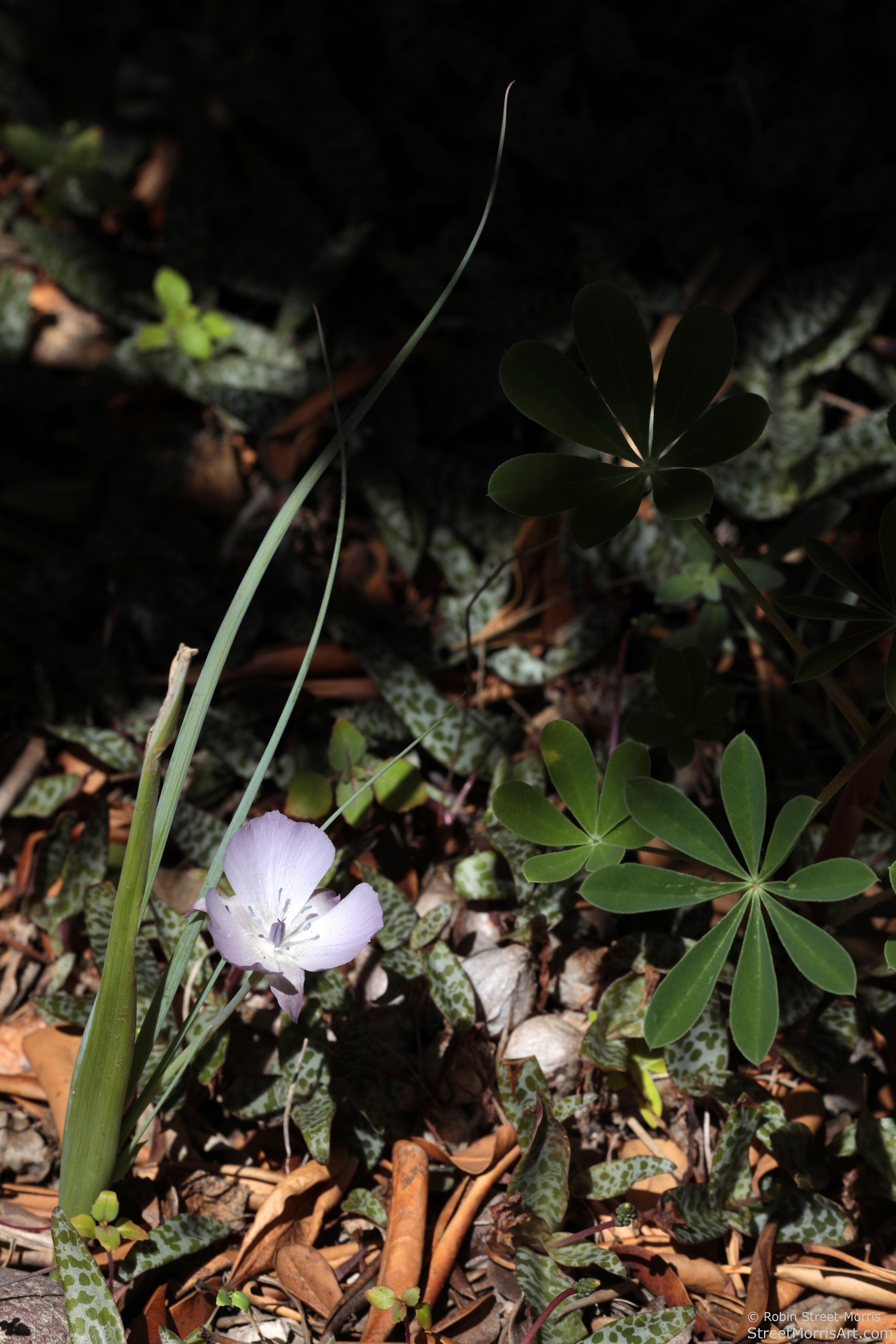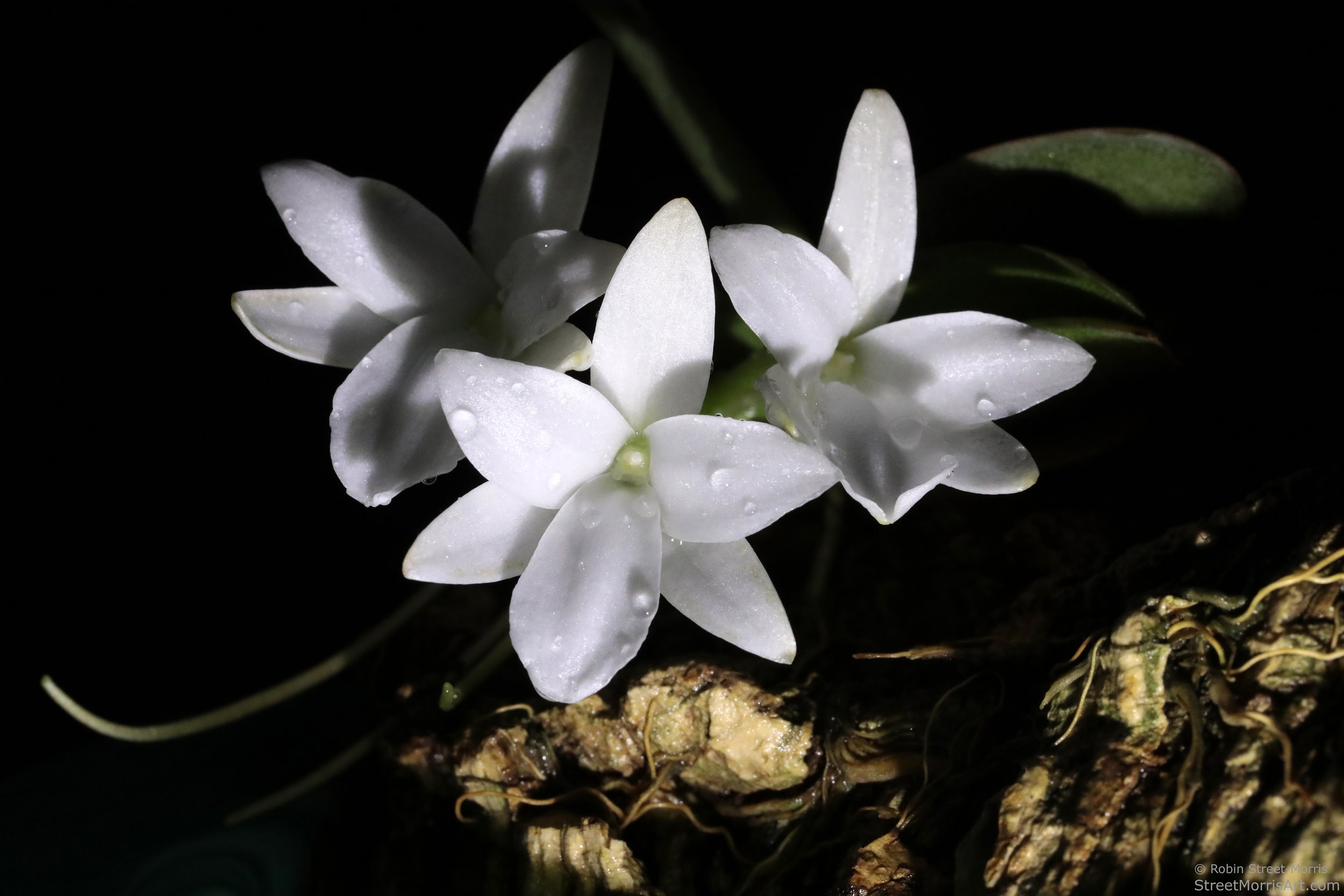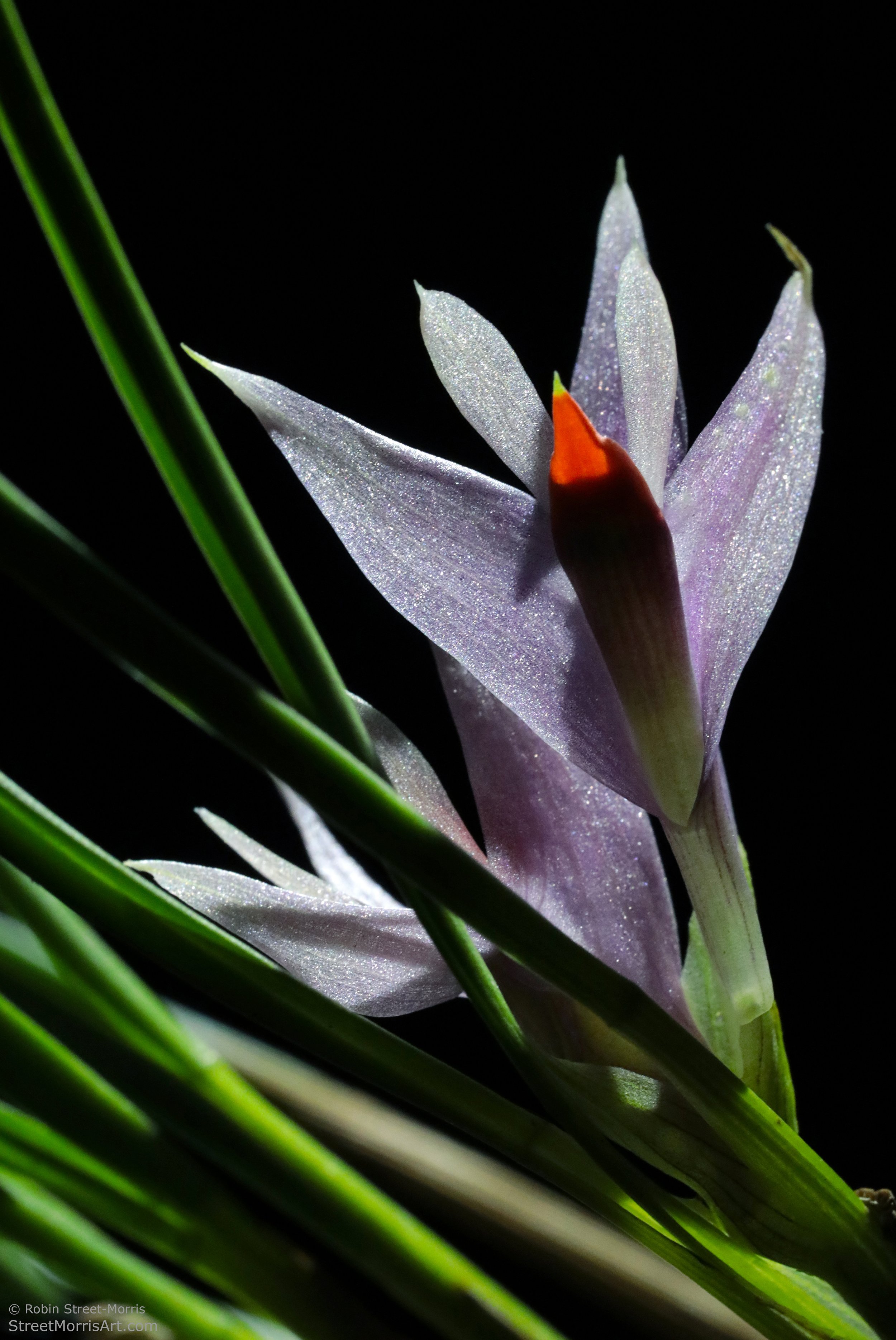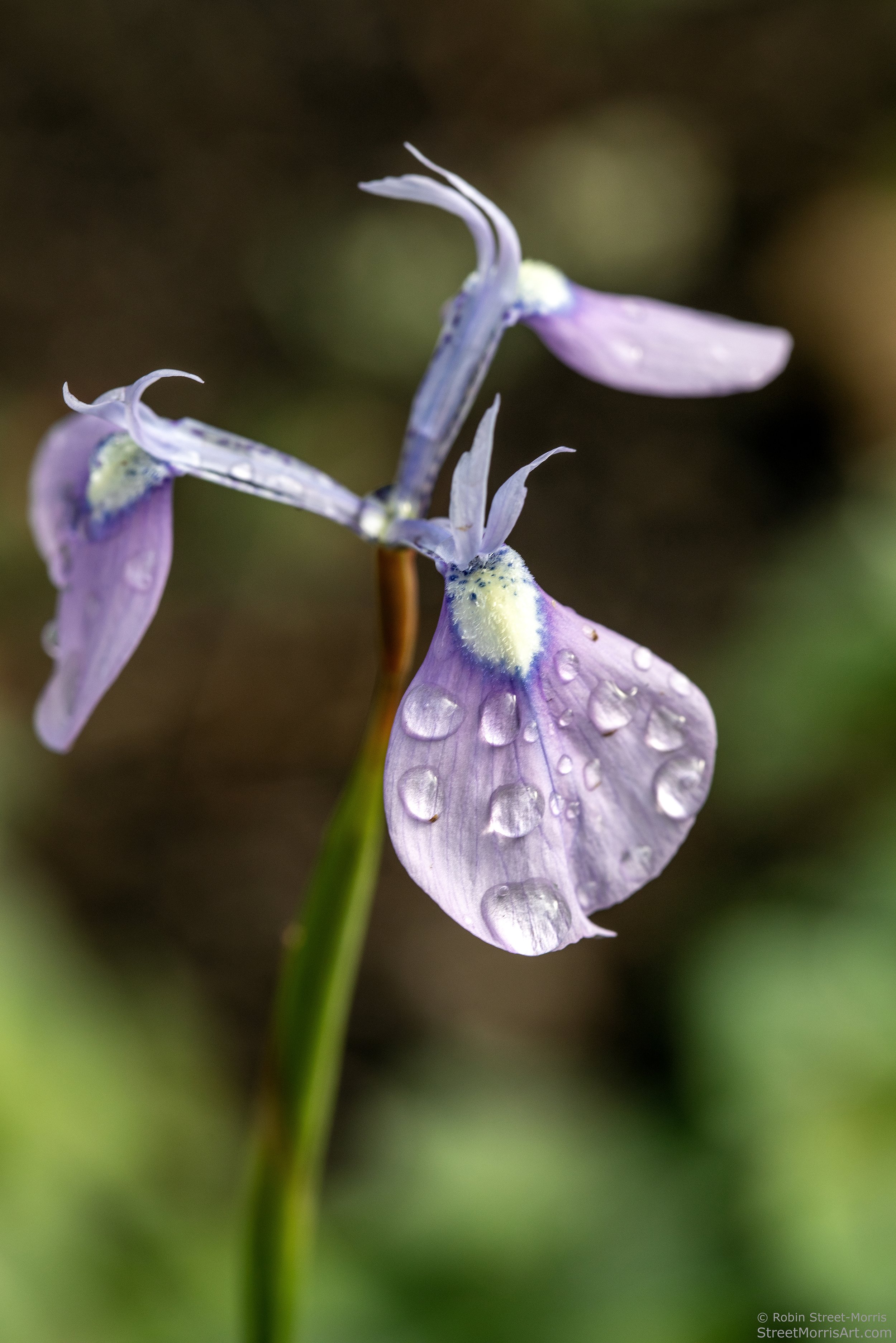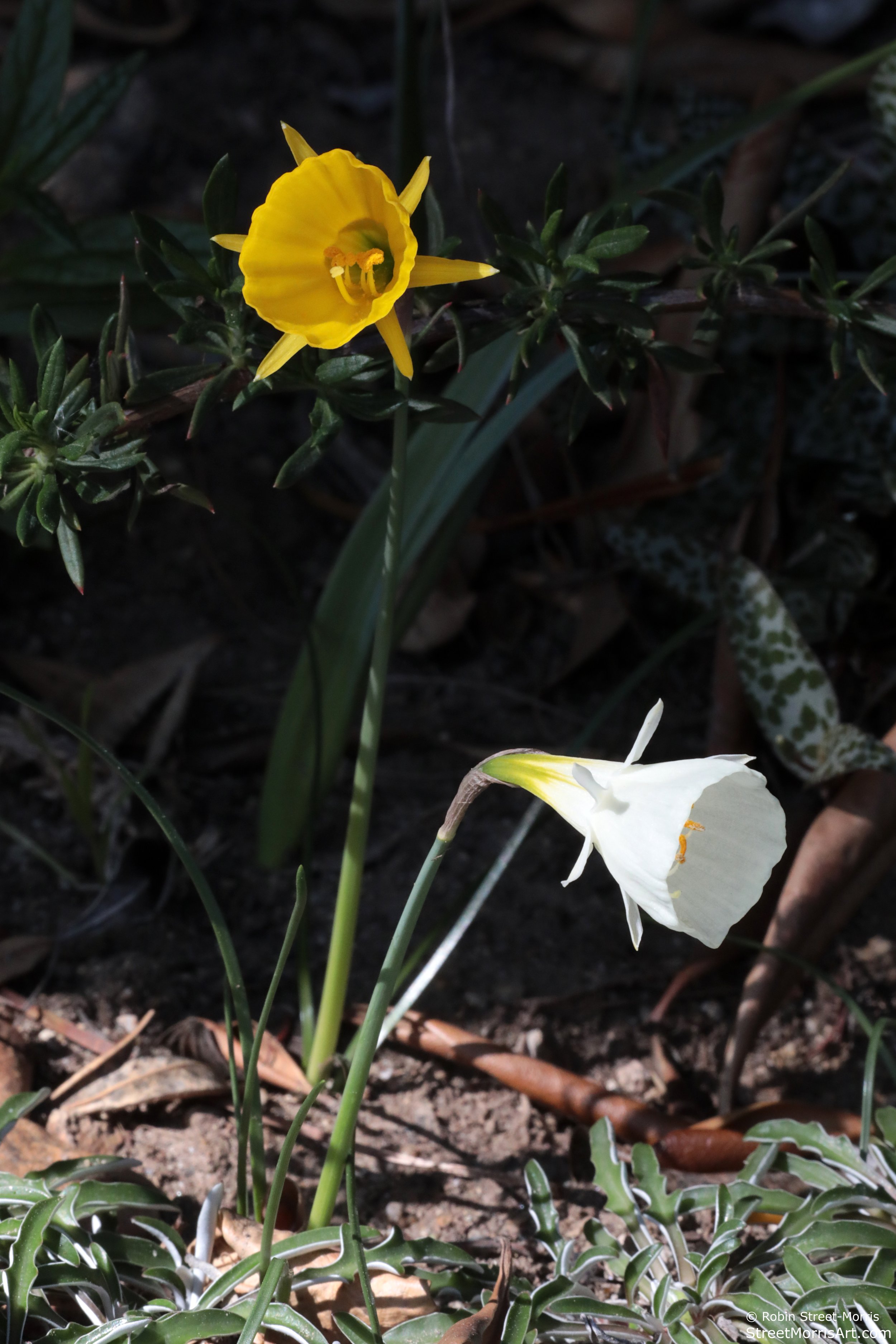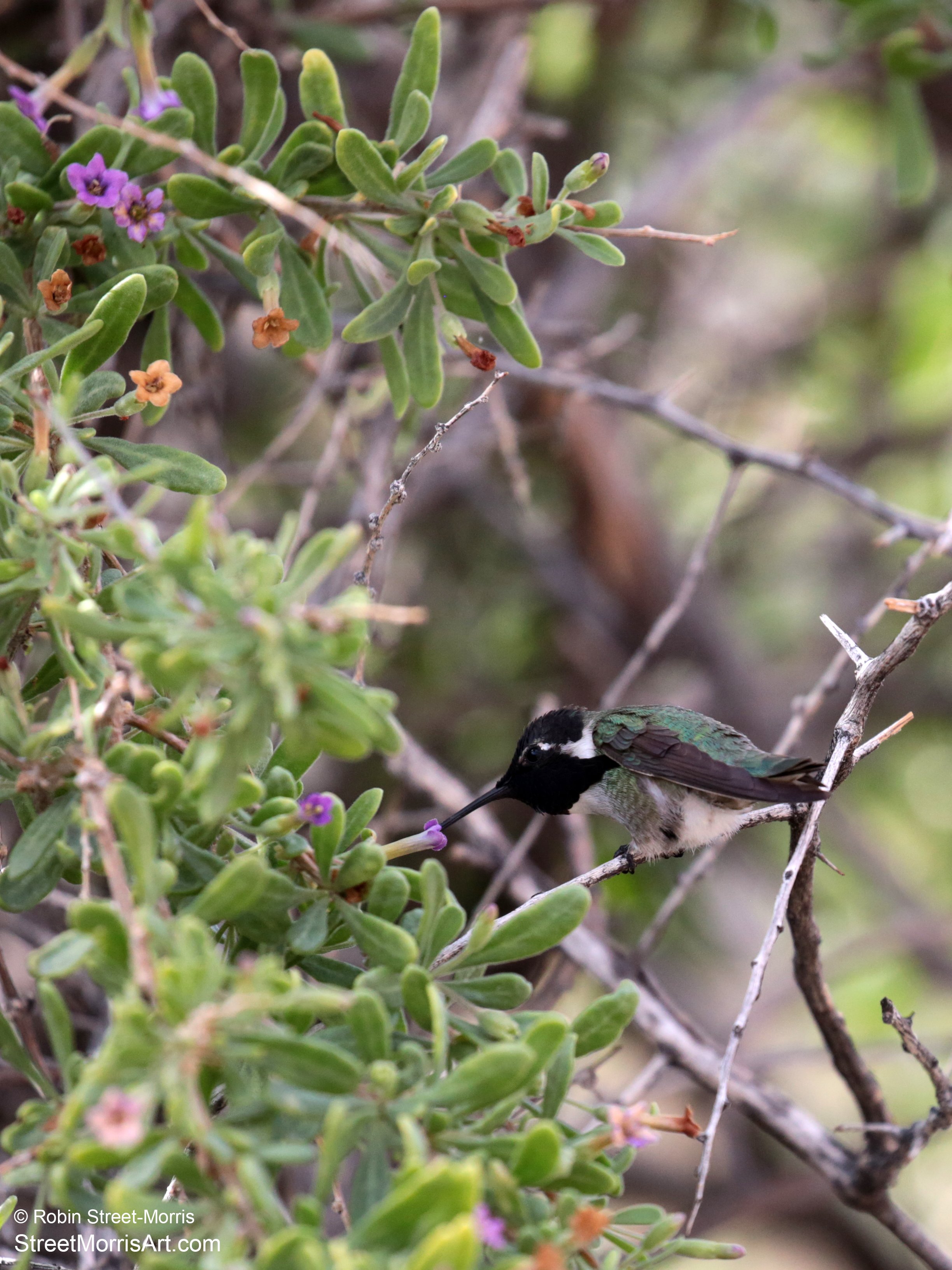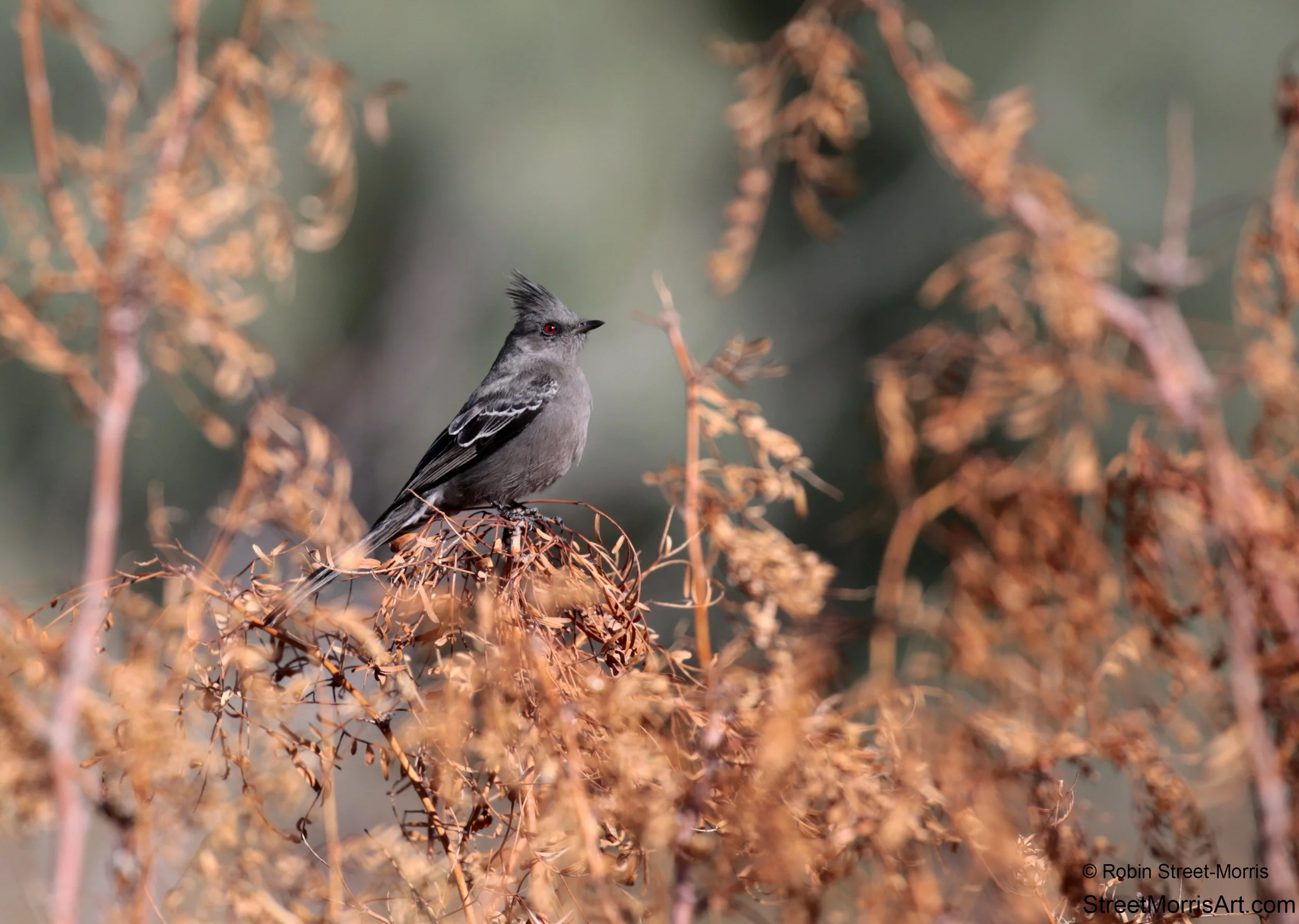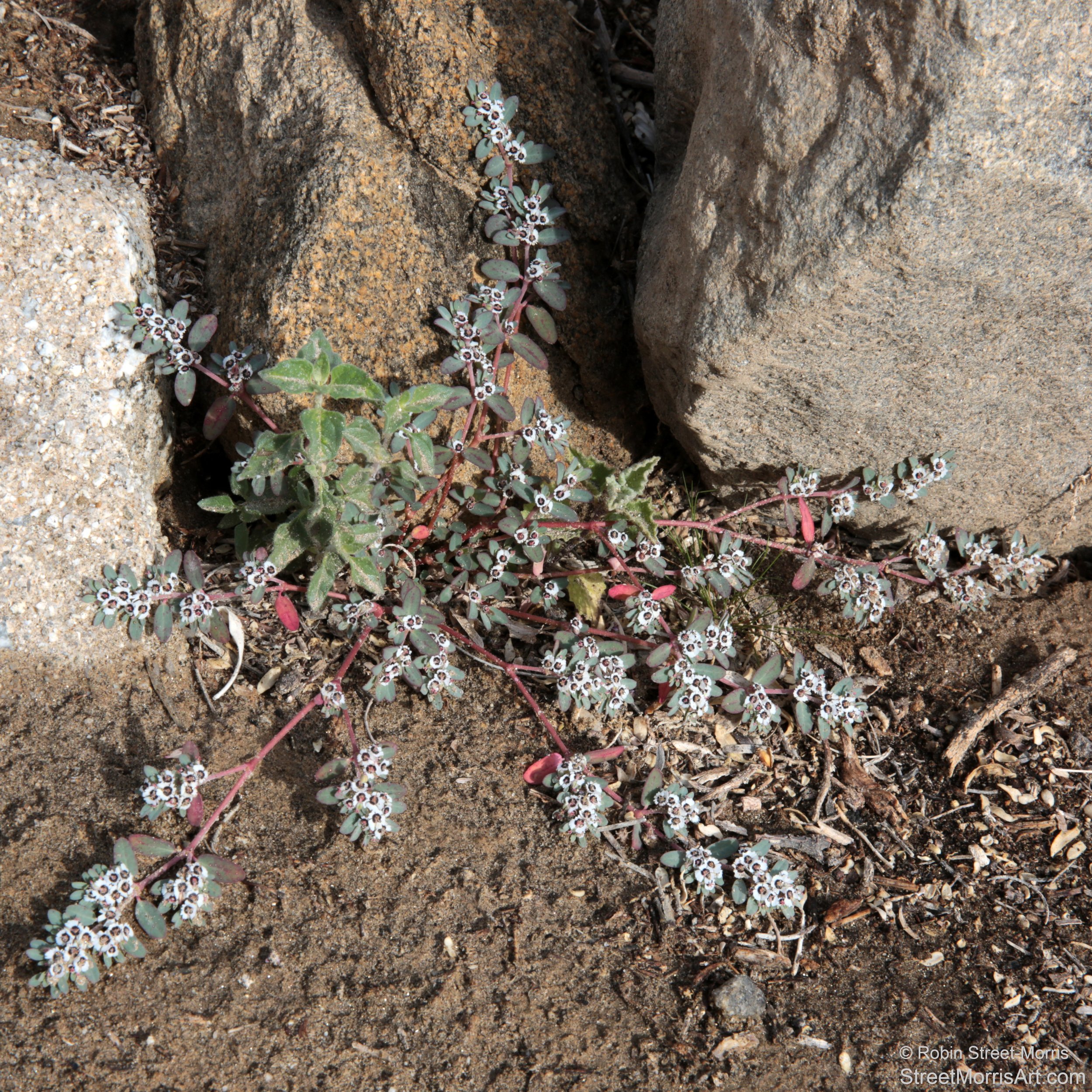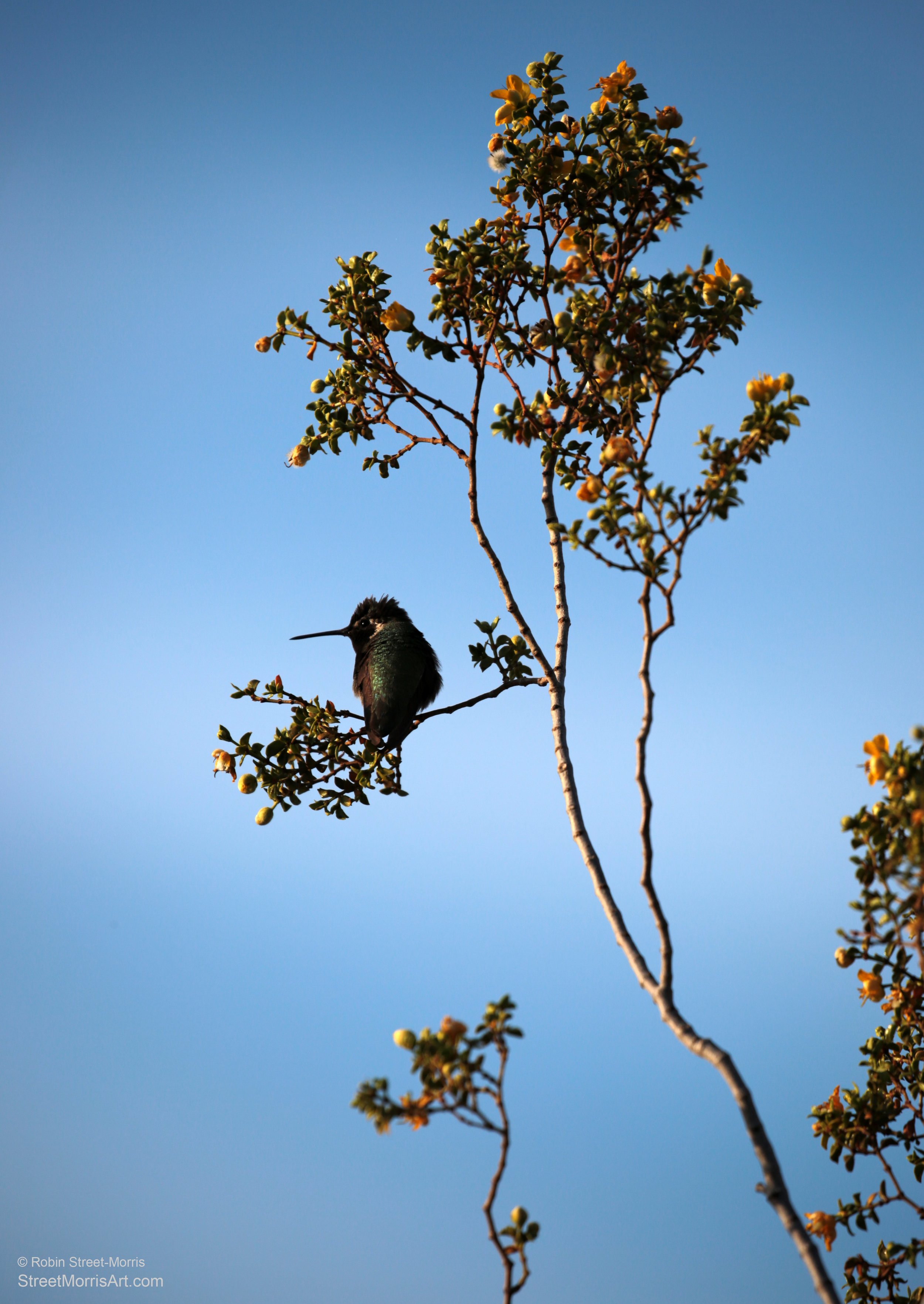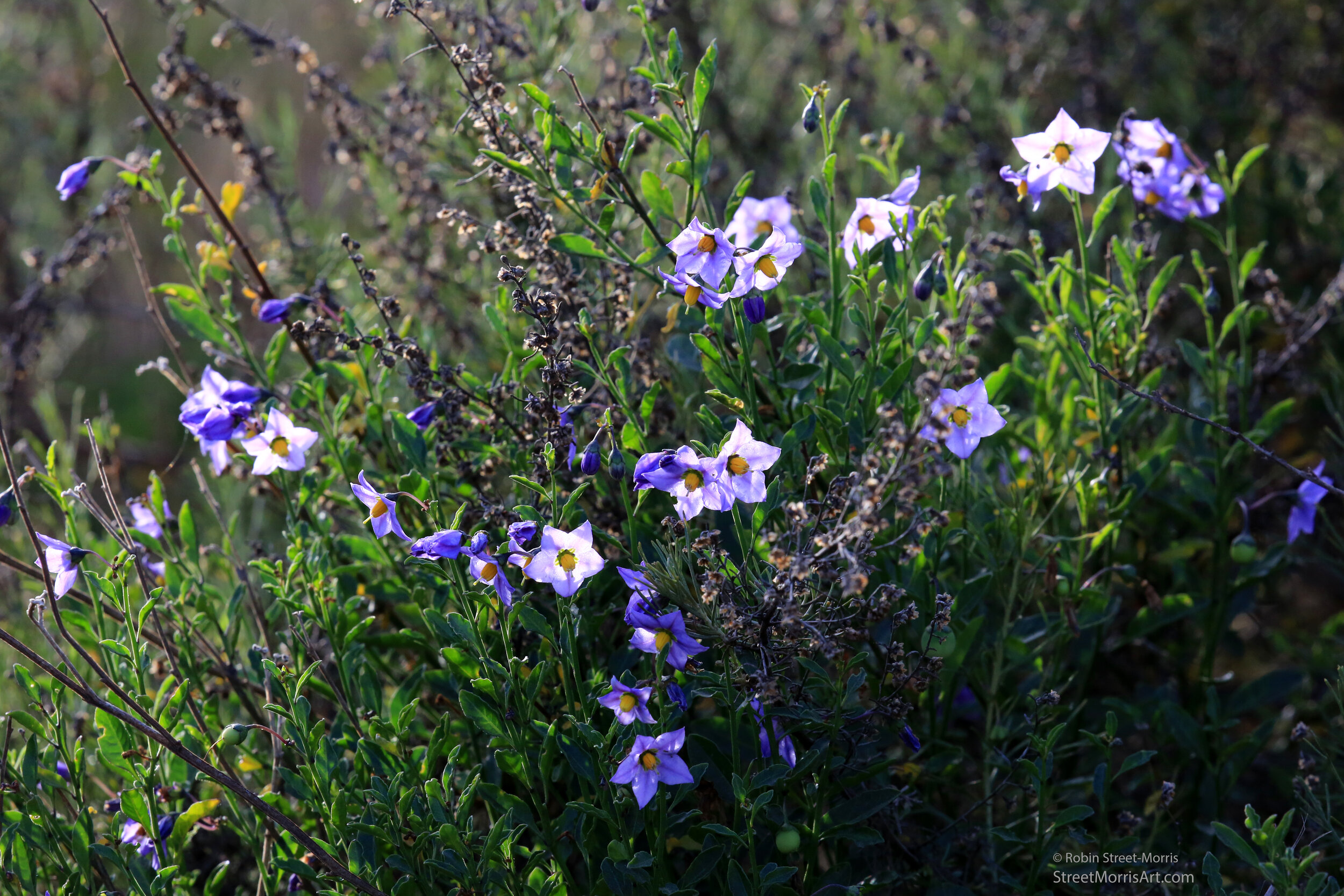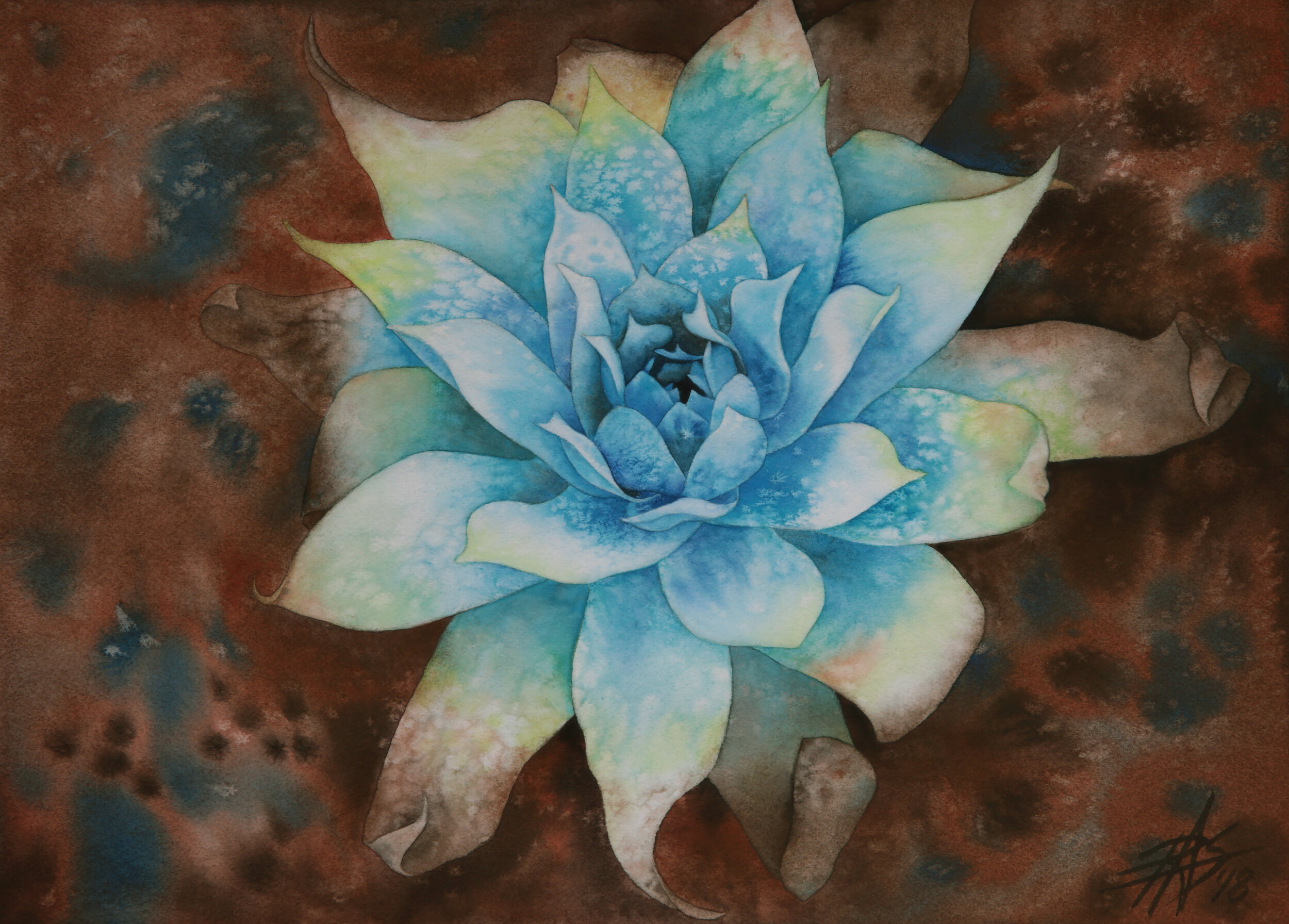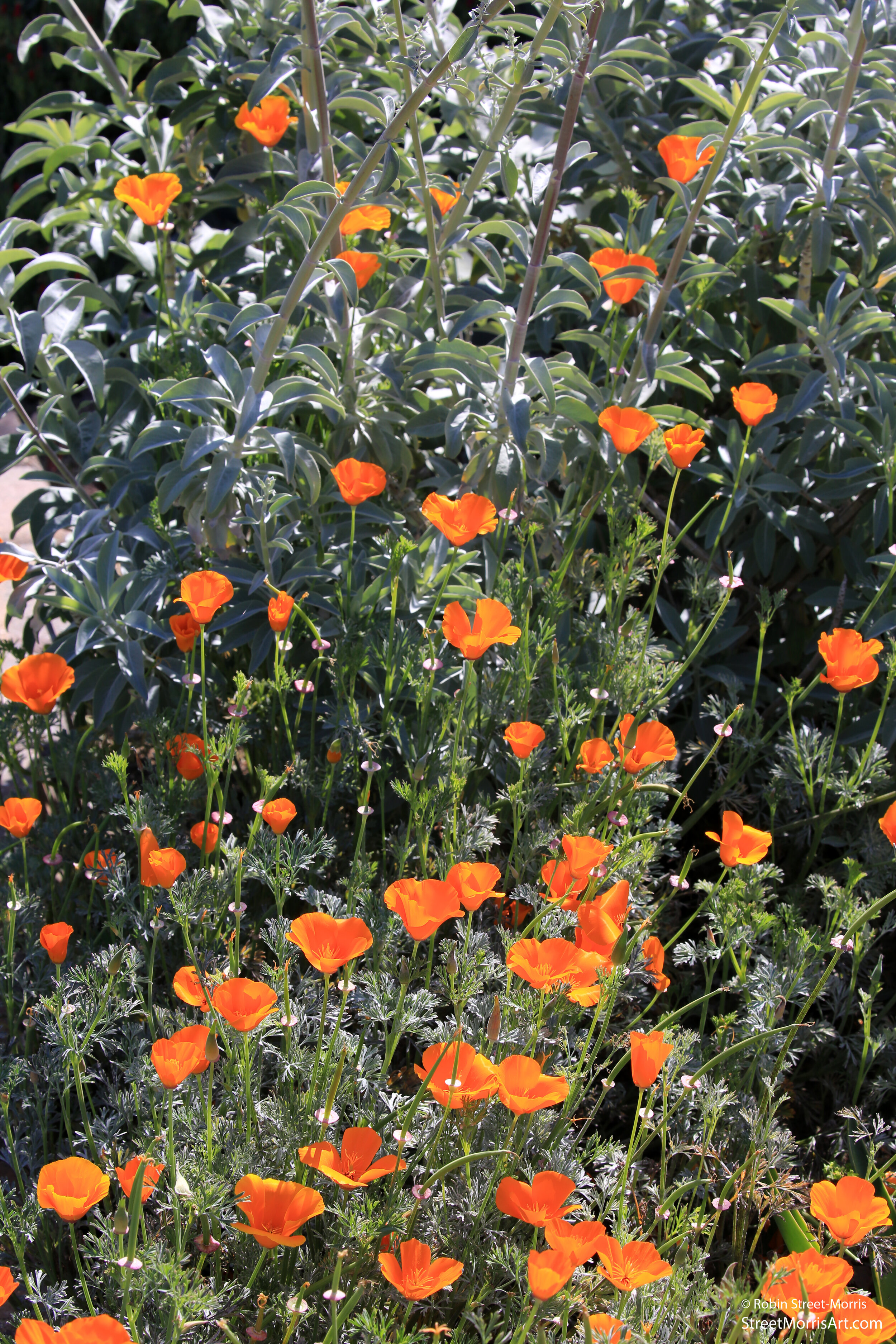Selasphorus sasin working Kumara (Aloe) plicatilis
Echinocereus triglochidiatus
Lepanthes cascajalensis x Lepanthes pelvis
Babiana rubrocyanea
Calochortus uniflorus
Euphorbia misera
Aerangis fastuosa
Dendrobium violaceum
Leptosyne maritima
Selasphorus sasin working Agave desmettiana
Eschscholzia californica
These California poppies were nodding over the property line and would have been weed whacked, so I pruned them myself.
Echinopsis (Trichocereus) 'Fuente de Sangre'
Brassolaelia Sea Urchin 'Pinkie'
Phragmipedium Fritz Schomburg
Laelia Santa Barbara Sunset 'Showtime' HCC/AOS
Dudleya greenei
Agave shawii, Eriogonum fasciculatum and Bergerocactus emoryi
Freesia leichtlinii ssp. alba
Tillandsia purpurea from Andy’s Bromeliads
Moraea tripetala
Paphiopedilum fairrieanum
Narcissus bulbocodium
Encelia californica





